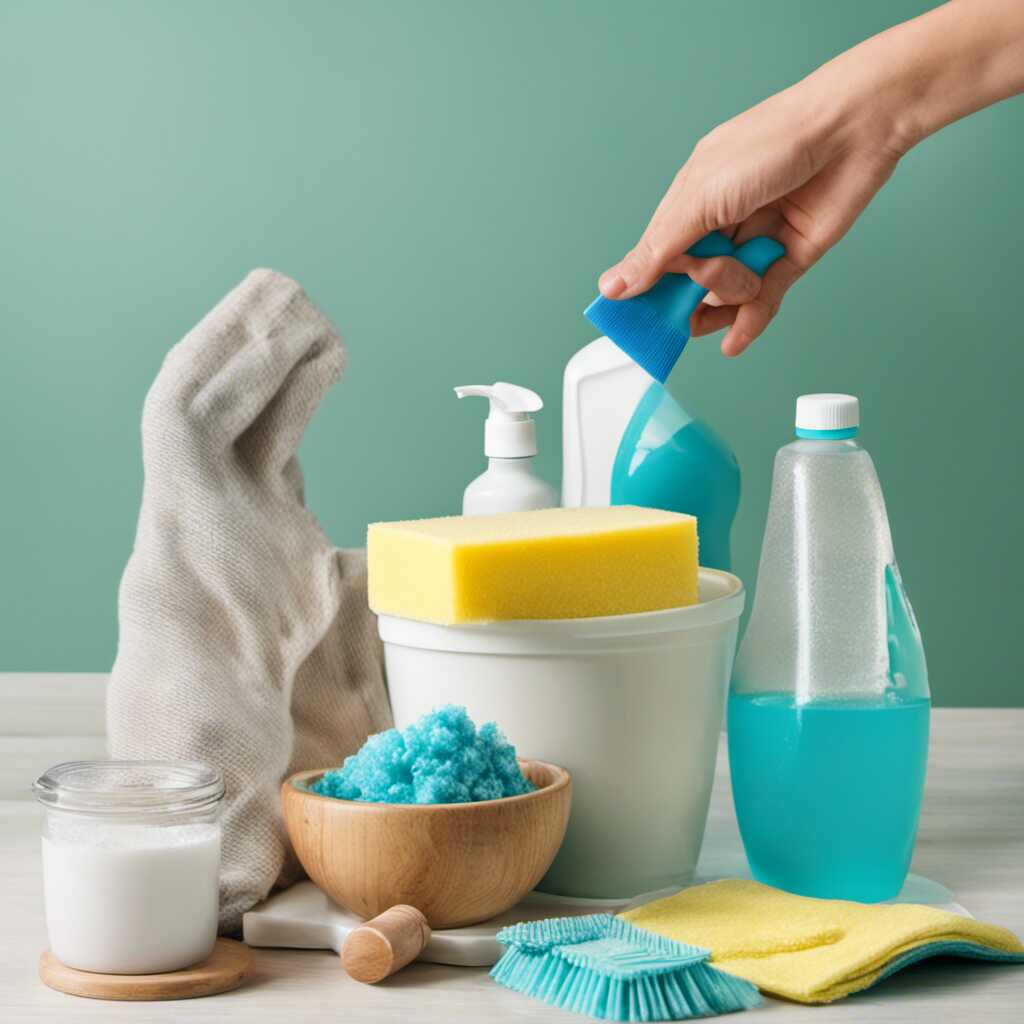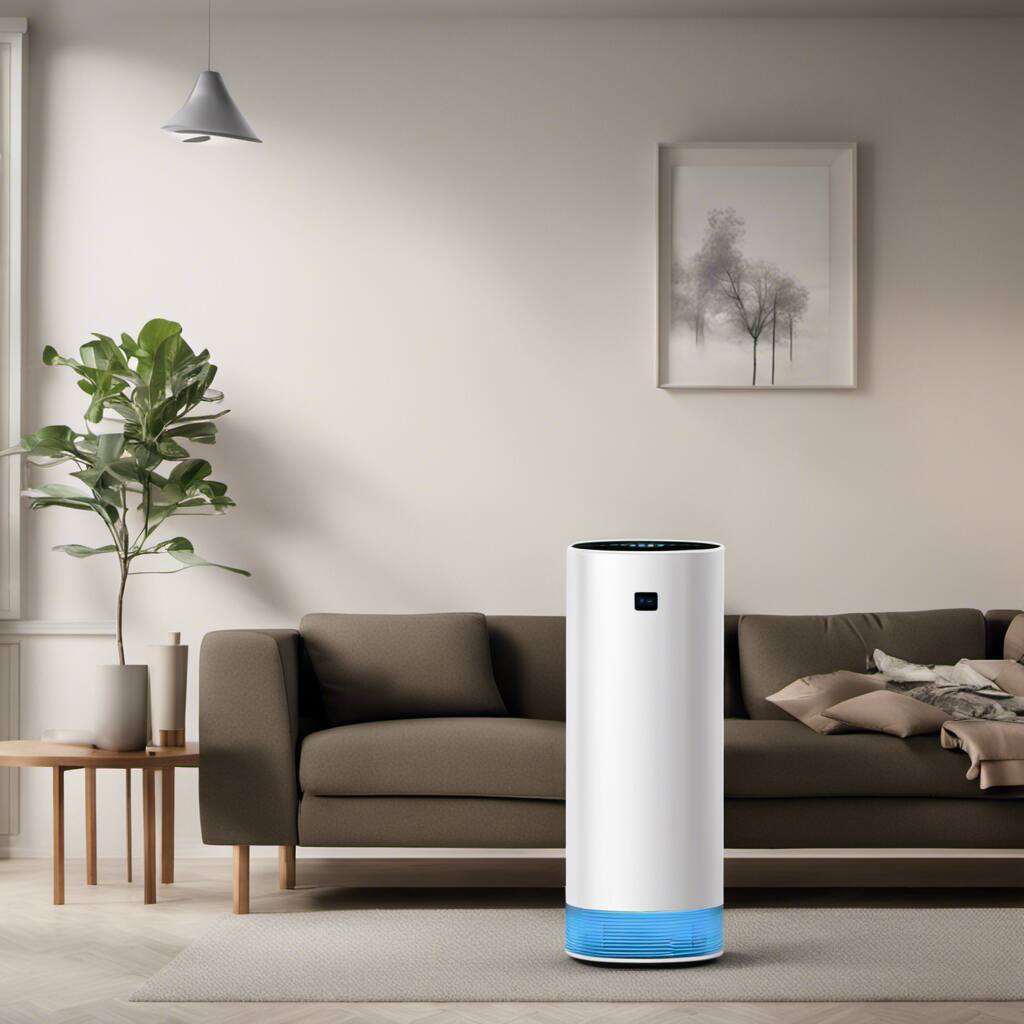
In the quiet corners of your outdoor haven, where sunlight and fresh air intertwine, your garden furniture stands ready to embrace moments of pure relaxation. These pieces, whether simple chairs, sturdy tables, or cozy benches, create a haven for outdoor tranquility. Picture the joy of sipping a morning coffee on a clean and well-maintained chair, surrounded by the beauty of blooming flowers and the gentle rustle of leaves. To keep this haven vibrant, it’s essential to understand the art of cleaning and maintaining your outdoor garden furniture, ensuring each piece remains a welcoming refuge for your moments of outdoor bliss.
As we delve into this guide, we’ll uncover simple yet effective ways to care for different types of outdoor furniture materials. Whether your pieces are crafted from wood, metal, plastic, or a combination of materials, the goal is to preserve their beauty and functionality. With easy-to-follow tips and natural cleaning solutions, you’ll discover how to extend the life of your outdoor furniture, allowing it to stand resilient against the whims of weather and time.
Let’s embark on a journey where simplicity meets serenity, and the care you give to your outdoor space transforms it into a timeless sanctuary. From understanding the unique qualities of your furniture materials to adopting practical maintenance measures, this guide is your companion in ensuring that every outdoor relaxation moment is accompanied by the inviting comfort of well-kept garden furniture.
See also our post on How to Clean and Refresh Your Home’s Curtains and Drapes
What to Know About Furniture Materials
Identifying Wood Types
Distinguish between different wood types used in outdoor furniture, such as teak, cedar, or eucalyptus. Each wood requires specific care to maintain its integrity and natural beauty.
Recognizing Metal Varieties
Understand the various metals used in outdoor furniture, including aluminum, wrought iron, and stainless steel. Different metals have unique characteristics that impact their cleaning and maintenance needs.
Grasping Plastic and Resin Qualities
For plastic or resin furniture, recognize the material’s durability and resistance to weather. Learn how to clean these pieces effectively to keep them looking fresh and vibrant.
Understanding Wicker and Rattan
If your furniture features wicker or rattan, comprehend their natural properties. These materials add a touch of warmth but require gentle care to prevent damage.
Awareness of Cushion Fabrics
Be aware of the fabric used for cushions. Materials like acrylic or polyester are common for outdoor use, but understanding their cleaning requirements is crucial for maintaining comfort and appearance.
Regular Cleaning Techniques
Dust Removal
Start with dust removal using a soft brush or cloth. Regular dusting prevents particles from settling into crevices and maintains the overall cleanliness of your outdoor furniture.
Gentle Soap and Water Wash
For most materials, a solution of mild soap and water is effective. Use a sponge or soft brush to scrub surfaces gently, removing dirt without causing damage.
Vinegar Solution for Mold and Mildew
Combat mold and mildew with a solution of vinegar and water. This natural remedy is effective for wood and metal furniture, but always test on a small, inconspicuous area first.
Power Washing for Resilient Materials
Power washing is suitable for resilient materials like metal or plastic. Use a low-pressure setting to avoid damaging the furniture, and keep a moderate distance during the process.
Avoiding Harsh Chemicals
Refrain from using harsh chemicals. They can strip finishes, corrode metals, or damage protective coatings. Stick to gentle, eco-friendly cleaners to ensure the longevity of your furniture.
See also our post on How to Clean and Organize Your Potting Shed: Gardening Nirvana
Protective Measures
Applying Sealant for Wood
For wooden furniture, apply a sealant to protect against moisture and UV rays. This helps prevent warping, fading, and other weather-related damage, extending the life of your pieces.
Metal Anti-Rust Coatings
Metal furniture benefits from anti-rust coatings. Regularly check for any signs of rust, and apply a suitable coating to prevent corrosion and maintain the furniture’s aesthetic appeal.
Using Furniture Covers
Invest in high-quality furniture covers. These shields protect your outdoor pieces from the elements when not in use, preventing premature aging and reducing the frequency of deep cleaning.
Storing Cushions During Rain
During rainy seasons, store cushions indoors. This prevents them from absorbing excess moisture, reducing the likelihood of mold growth and extending their lifespan.
Regular Inspection for Wear and Tear
Conduct regular inspections for wear and tear. Address any issues promptly, whether it’s a loose screw, fraying fabric, or chipped paint, to prevent further damage.
Seasonal Maintenance
Spring Inspection and Cleaning
Kick off the outdoor season with a thorough inspection and cleaning. Check for any damage caused by winter weather and prepare your furniture for the upcoming months of use.
Summer Sunscreen
Protect your furniture during the intense summer sun. Position items strategically to avoid prolonged exposure, and use umbrellas or other shade solutions to minimize direct sunlight.
Fall Leaf Removal
In the fall, keep your furniture clear of fallen leaves. Wet leaves can lead to mold growth and staining, so regular removal ensures a clean surface and prevents potential damage.
Winter Storage Preparation
As winter approaches, prepare your furniture for storage. Clean, dry, and cover items before storing them in a cool, dry place to shield them from harsh winter conditions.
Off-Season Check-ups
Perform off-season check-ups. Even in storage, furniture may be susceptible to pests or environmental changes, so periodic inspections are essential to catch and address issues early.
See also our post on How to Clean and Preserve Antique Postcards and Paper Ephemera
Rustic Furniture Care
Understanding Rustic Materials
If your outdoor furniture boasts a rustic charm with materials like reclaimed wood or distressed metal, understand their unique care requirements. These pieces often benefit from a more relaxed approach to maintenance.
Embracing Natural Aging
Allow rustic furniture to embrace its natural aging process. Many rustic materials gain character and charm as they weather, creating a unique patina that adds to their appeal.
Replenishing Protective Coatings
For rustic wood, periodically replenish protective coatings. This may involve reapplying a sealant or oil to maintain the wood’s resilience against the elements.
Avoiding Abrasive Cleaning
Refrain from abrasive cleaning for distressed metal. Gentle wiping with a soft cloth or sponge is often sufficient to maintain the appearance without removing the desirable weathered look.
Seasonal Touch-Ups and Repairs
Perform seasonal touch-ups and repairs for rustic pieces. Address any loose joints, splinters, or worn finishes to ensure both the aesthetics and structural integrity are preserved.
Budget-Friendly DIY Cleaners
Lemon and Baking Soda Paste
Create a paste using lemon and baking soda for a natural cleaner. This mixture is effective for removing stains and mildew from various outdoor furniture materials.
Olive Oil and Vinegar Polish
Mix olive oil and vinegar for a simple wood polish. This not only cleans but also nourishes wooden surfaces, leaving them with a lustrous shine.
Tea Tree Oil and Water Solution
Combine tea tree oil and water for an anti-mold solution. Ideal for metal and plastic furniture, this mixture helps combat mold growth while offering a pleasant scent.
Citrus Peel Infused Vinegar
Infuse vinegar with citrus peels for a fragrant cleaner. This solution is effective for wiping down surfaces and adds a refreshing aroma to your outdoor space.
Cornstarch Stain Remover
Create a paste using cornstarch and water to remove stains. Apply to stained areas, let it sit for a few minutes, and then gently scrub for effective stain removal.
Sustainable Disposal and Recycling
Upcycling and Repurposing
Explore upcycling options for old furniture. Convert pieces into new creations or repurpose them for alternative uses, minimizing waste and contributing to sustainability.
Donating to Local Organizations
Consider donating furniture to local organizations. Nonprofits, schools, or community centers may welcome outdoor furniture for communal spaces or events.
Recycling Metal and Plastic Components
Separate and recycle metal and plastic components. Many recycling facilities accept these materials, ensuring they are repurposed instead of ending up in landfills.
Wood Composting
If wooden furniture reaches the end of its life, consider wood composting. Certain types of wood can be composted, providing a natural way to return organic matter to the Earth.
Responsible Disposal Services
If disposal is unavoidable, use responsible disposal services. Some providers specialize in eco-friendly disposal, ensuring that materials are handled in an environmentally conscious manner.
See also our post on How to Clean and Refresh Your Home’s Curtains and Drapes
Conclusion
As we come to the end of our guide to cleaning and caring for your outdoor garden furniture, picture your outdoor space transformed into a perpetually relaxing haven where all of the furniture is an invitation to unwind and relax. Imagine a world where the tables are stain-free, the chairs are always welcoming, and the atmosphere is one of timeless tranquility. May your outdoor retreat be a testament to the harmony between nature and your meticulously cared-for garden furniture. Cheers to the joy of outdoor relaxation and the timeless beauty of your outdoor sanctuary.







